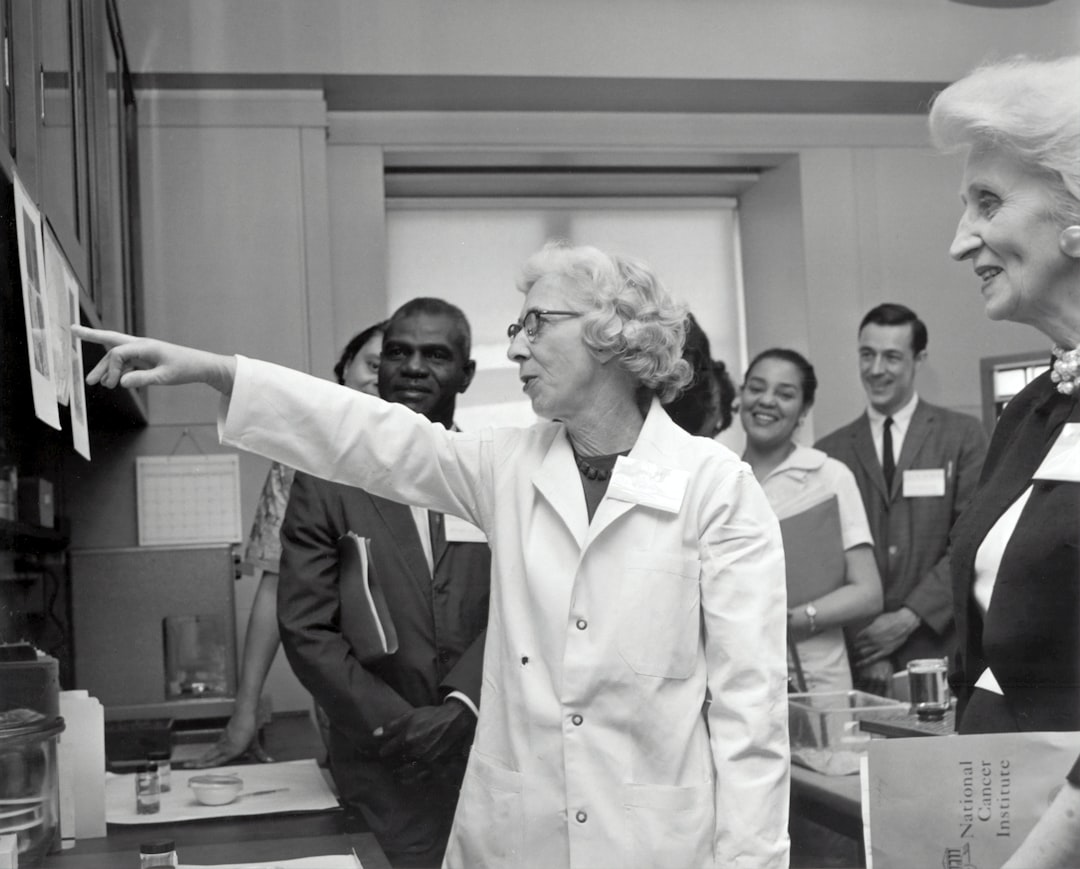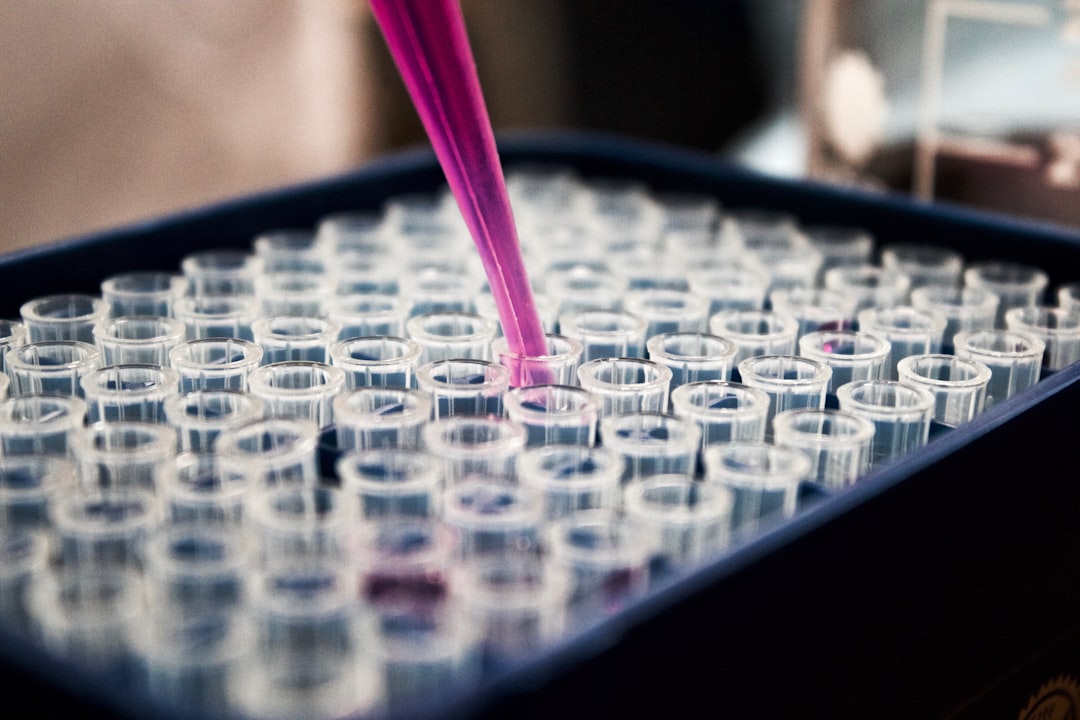What is it about?
Over the past decades, a new, sociological aspect of climate change has emerged. The very nature of sociology is to analyse relations between social elements; however, climate change sociology is lacking in the study of human relations with nonhuman elements like animals and insects. A 2020 review looks at how climate change sociology is evolving and why this is important. Earlier, climate change was thought to affect only humans and vice versa. However, this is not entirely true. Animals used in agriculture and their exploitation in other industries also contribute to climate change. Threats to their populations due to habitat loss, climate disasters, and human activity. Changing behavioural patterns in animals and insects to adapt to these threats is further proof that climate change is affected by human-animal relations.
Featured Image

Photo by James Wainscoat on Unsplash
Why is it important?
Humans are inevitably interlinked with animals and other living beings. Our food chain and sometimes, our livelihood, depends on these links. Delicately balanced ecosystems, however, are being disrupted due to climate change. This affects both nonhumans and humans. One example is how pathogen-carrying insects (or vectors) might change their behaviour to adapt to shifting resources, which could increase the prevalence of vector-borne diseases among humans. Understanding the finer details of human-animal interactions would help us understand how to deal with climate change and better predict cli-mate change outcomes. KEY TAKEAWAY: Climate change sociology needs to evolve towards the inclusion of human-nonhuman interactions and their effects with respect to the environment, to get a better grasp on the nuances of climate change.
Read the Original
This page is a summary of: Where Are the Nonhuman Animals in the Sociology of Climate Change?, Society and Animals, October 2020, Brill,
DOI: 10.1163/15685306-bja10025.
You can read the full text:
Resources
Climate Change Knowledge Cooperative
Explore the wider collection of climate change research summaries.
The average American’s diet is as bad for the environment as taking a 2-hr flight every month
To persuade people to change their diet, we need to be able to explain how their current diet is affecting the environment. We need to be able to do this in a way people understand.
Further evidence that human activity is responsible for climate change
This important study from the early 2000s provided further evidence that human activity was a major cause of global warming, and that natural factors alone could not have caused the level of global warming that occurred during the 20th century.
Do scientists agree that human activity is causing global warming? Yes.
Don’t believe everything you hear, and do think about the motives of the people you hear it from. The evidence shows that scientists overwhelmingly agree that human activities are causing global warming.
We Can Prove That Human Activity Is Causing Global Warming
It is more than 25 years since scientists were able to show that human activity is a cause of climate change.
Research in the 1960s showed temperature is affected by carbon dioxide levels
We have had proof that human activity causes climate change for more than 50 years.
Contributors
Be the first to contribute to this page










